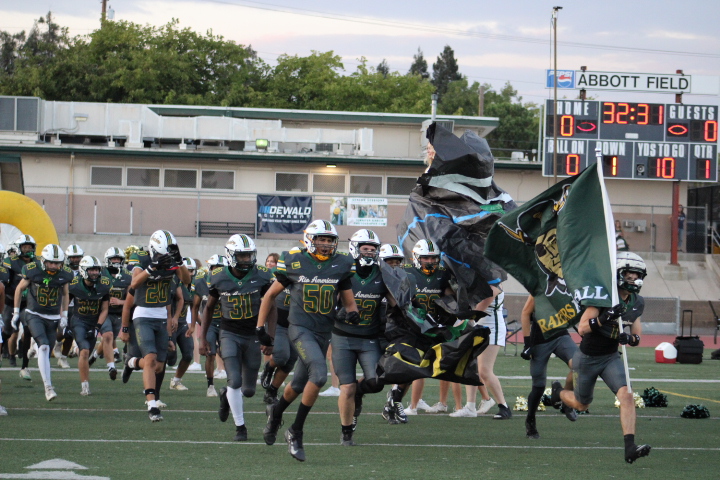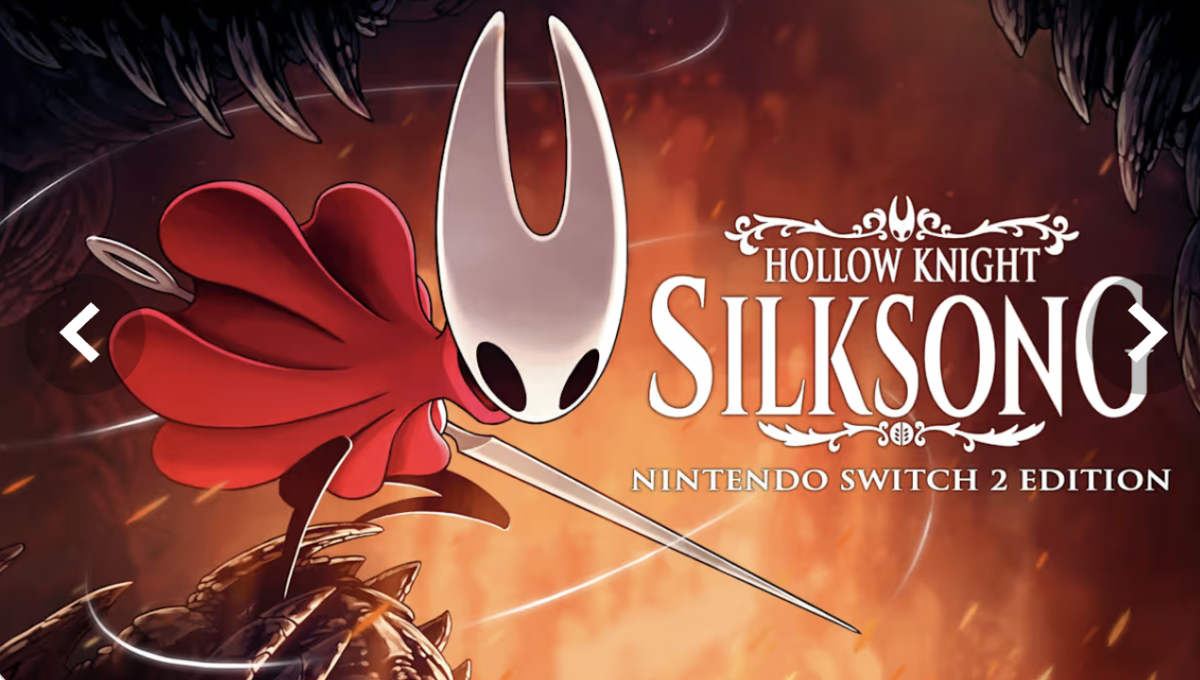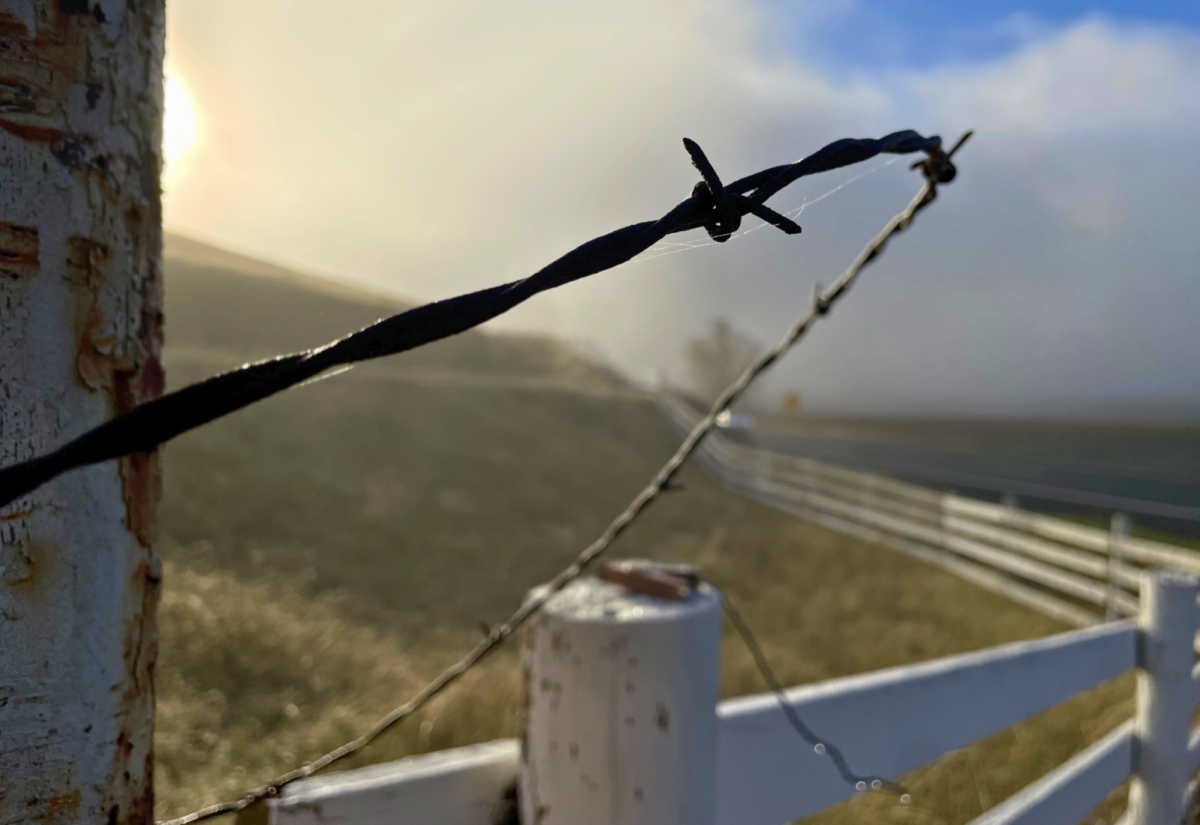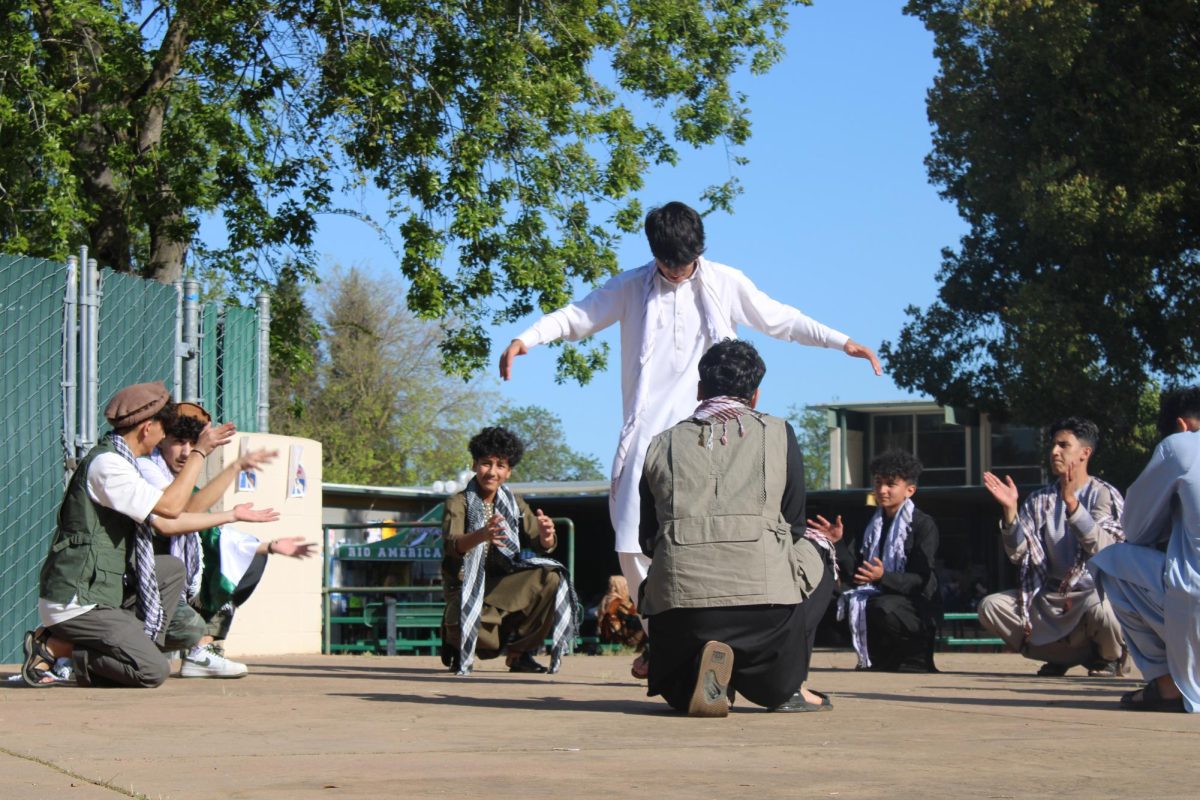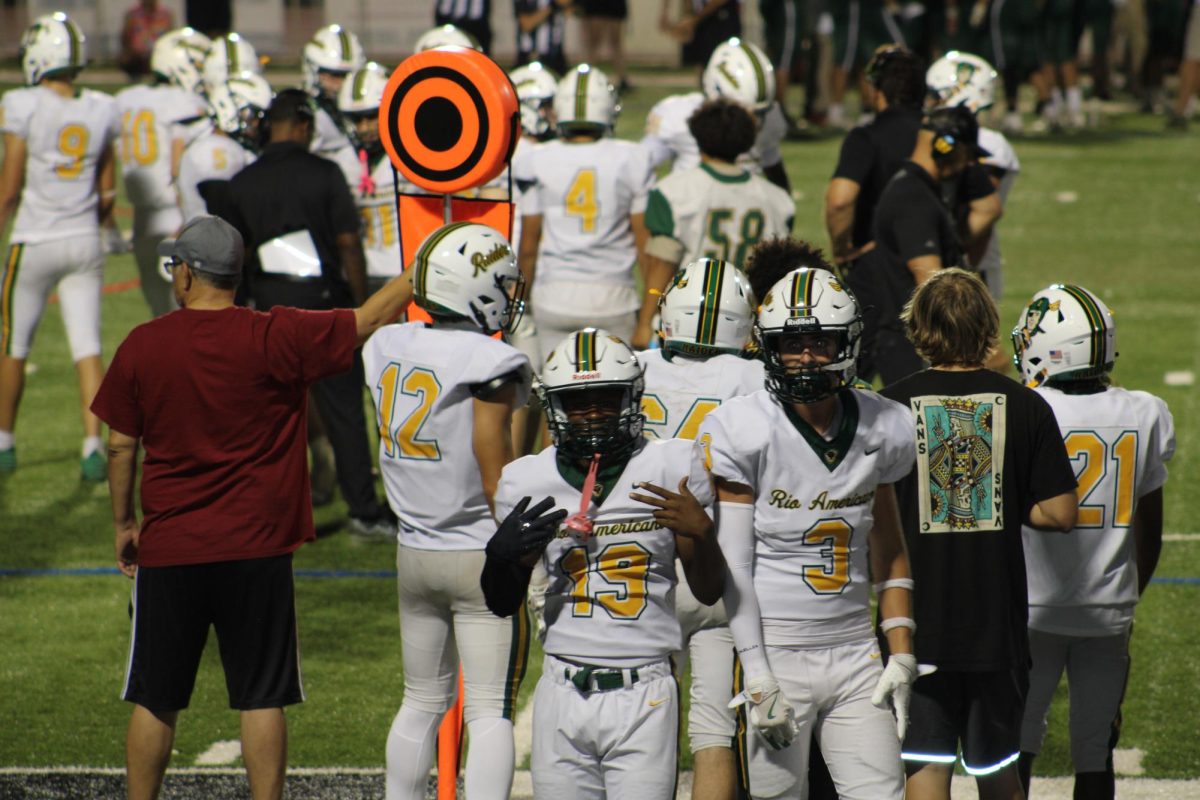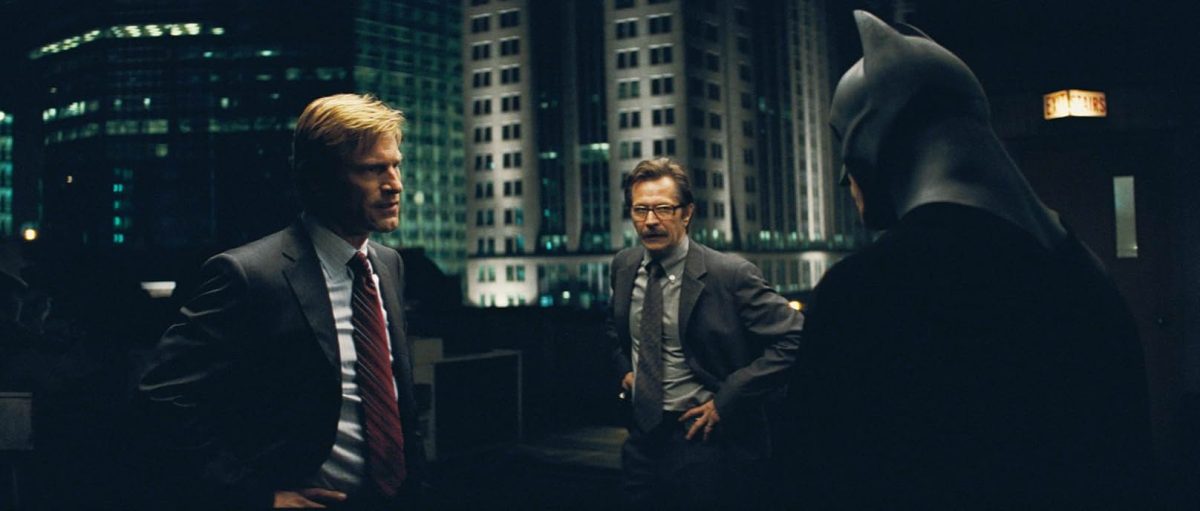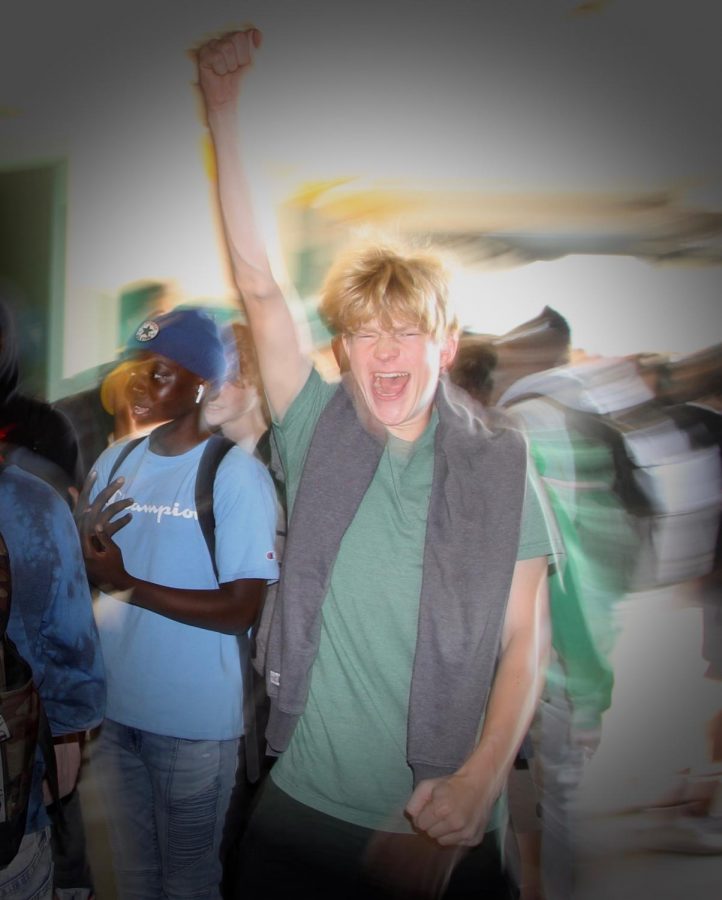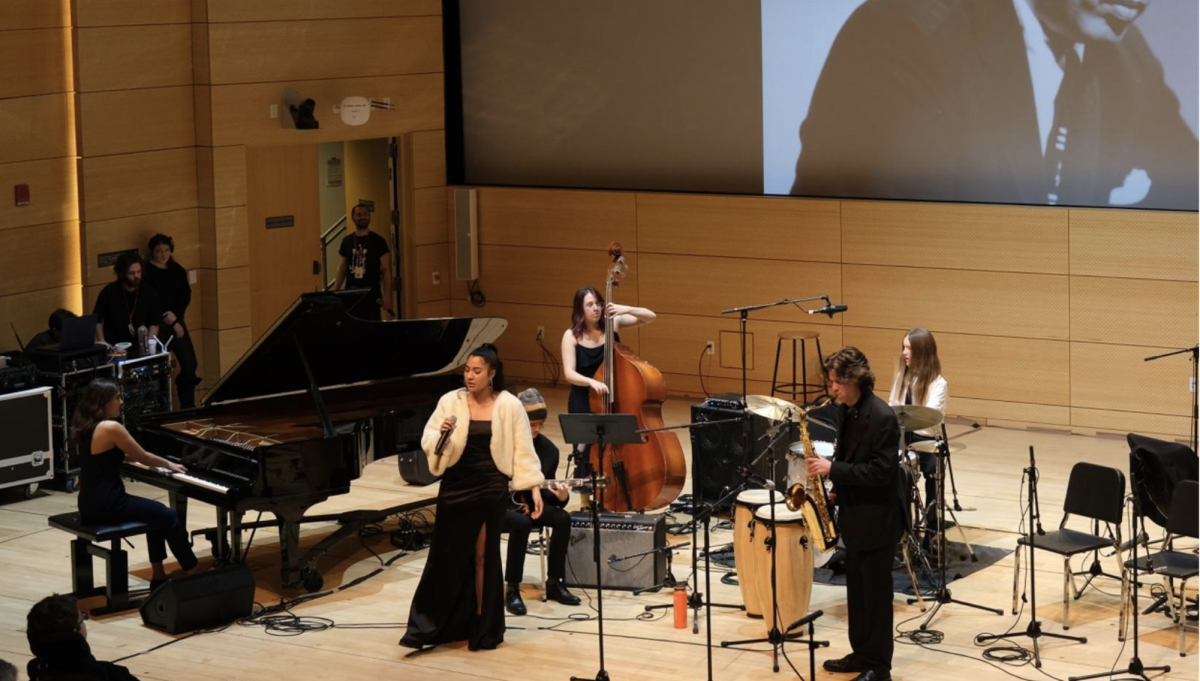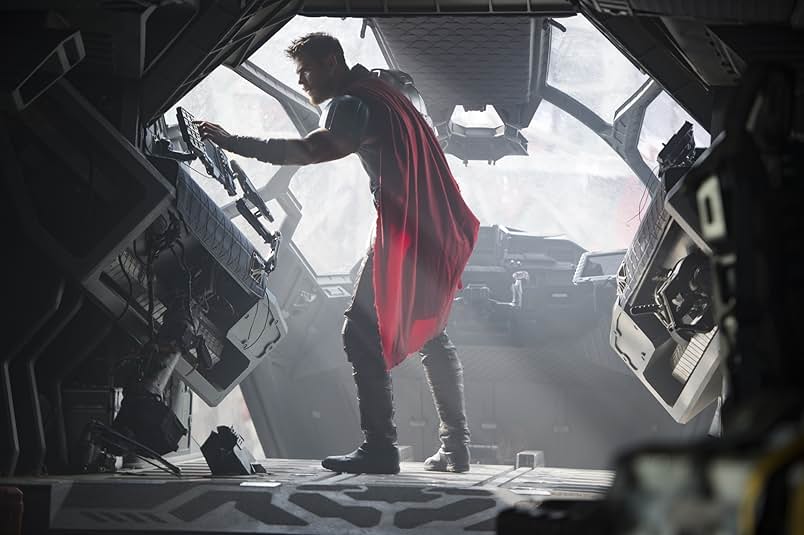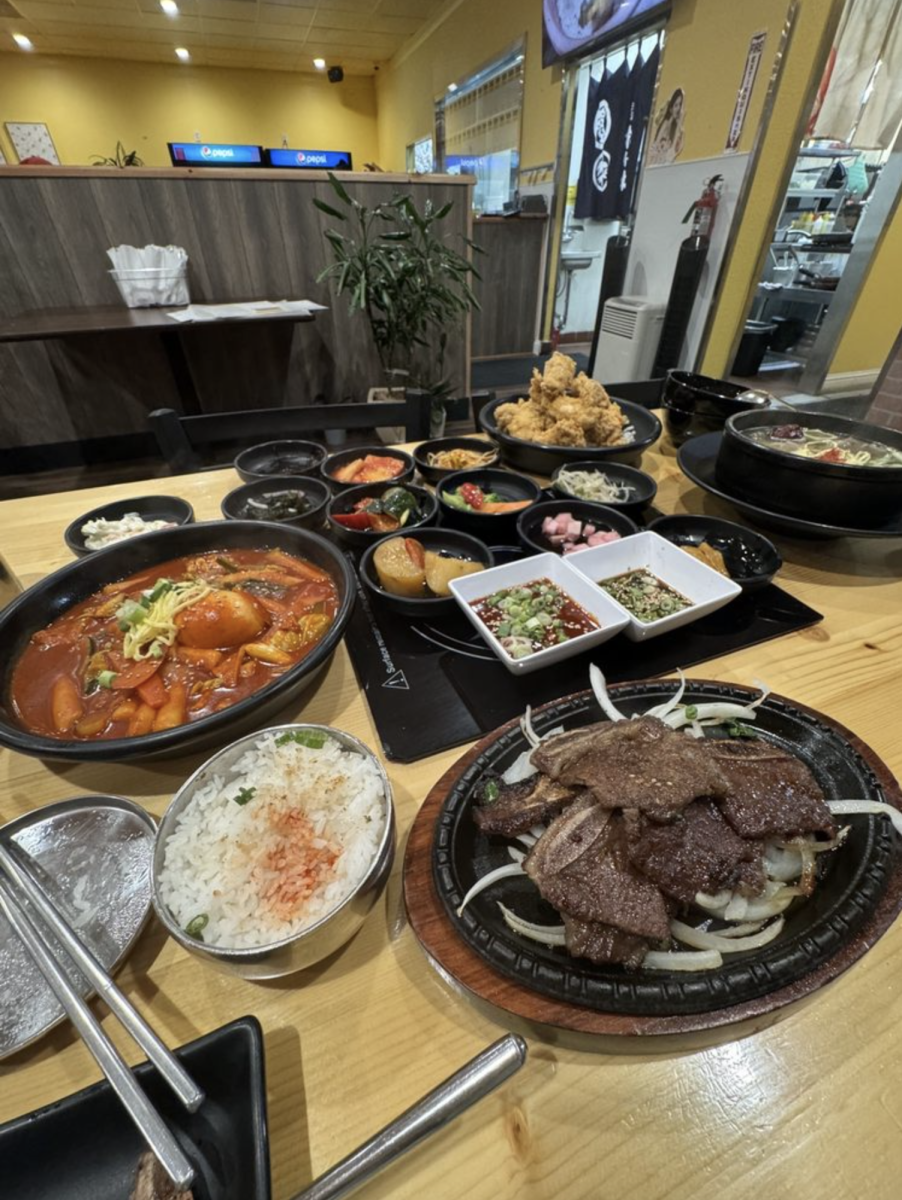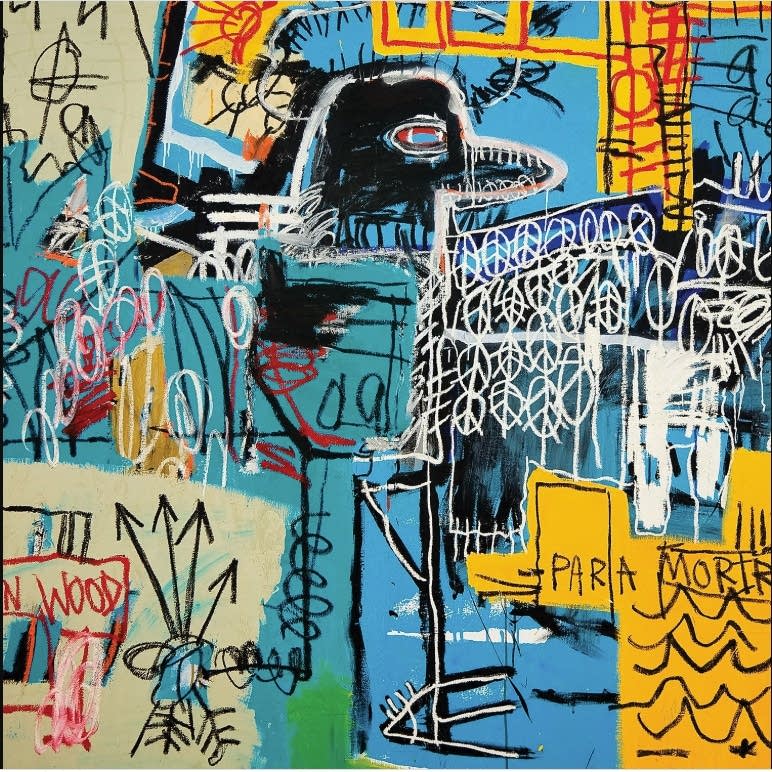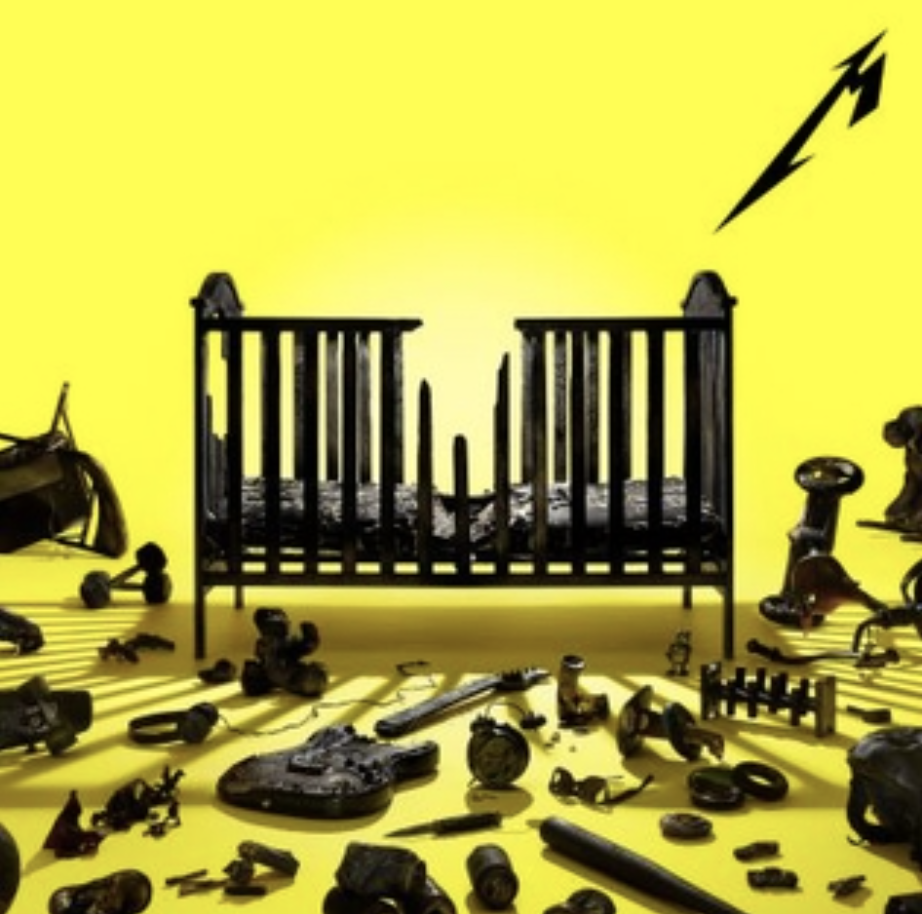In early September, the video game Hollow Knight: Silksong was released after more than six years since its announcement. It has been regarded as one of the most anticipated games during that wait, with millions of players across gaming platforms adding it to their wishlists.
The game comes as a sequel to the indie game Hollow Knight from 2017, which has since defined the metroidvania genre– based on nonlinear, open-world exploration where certain items must be collected to access new areas. It stunned the gaming community with its unique combat, rewarding exploration, and compelling story.
In Silksong, you play as Hornet, an agile warrior who appears as a central character in the original game, who now must explore and fight her way through the new kingdom of Pharloom.
Despite the incredibly high bar set by its predecessor, Silksong manages to live up to its standard. Nearly everything– the art, music, and gameplay of Silksong remains incredible.
However, one aspect of the game is somewhat lacking in comparison– albeit still decent: the combat.
Silksong is a very hard game– much harder than Hollow Knight– but it is also a more unfair game.
A lot of anger towards the design of combat has been directed towards the extensive use of enemies that deal double damage, which was quite rare in the first game, and has now been extended from exclusively late-game bosses to a significant number of regular enemies.
This can become easily frustrating, and many players claim that it feels artificial and unfair, especially with contact damage on some bosses– even when staggered– dealing double damage.
That being said, the vast majority of players enjoy and recommend the game. Hollow Knight: Silksong offers a new, exciting environment, and is an experience well worth the $20 price tag.




